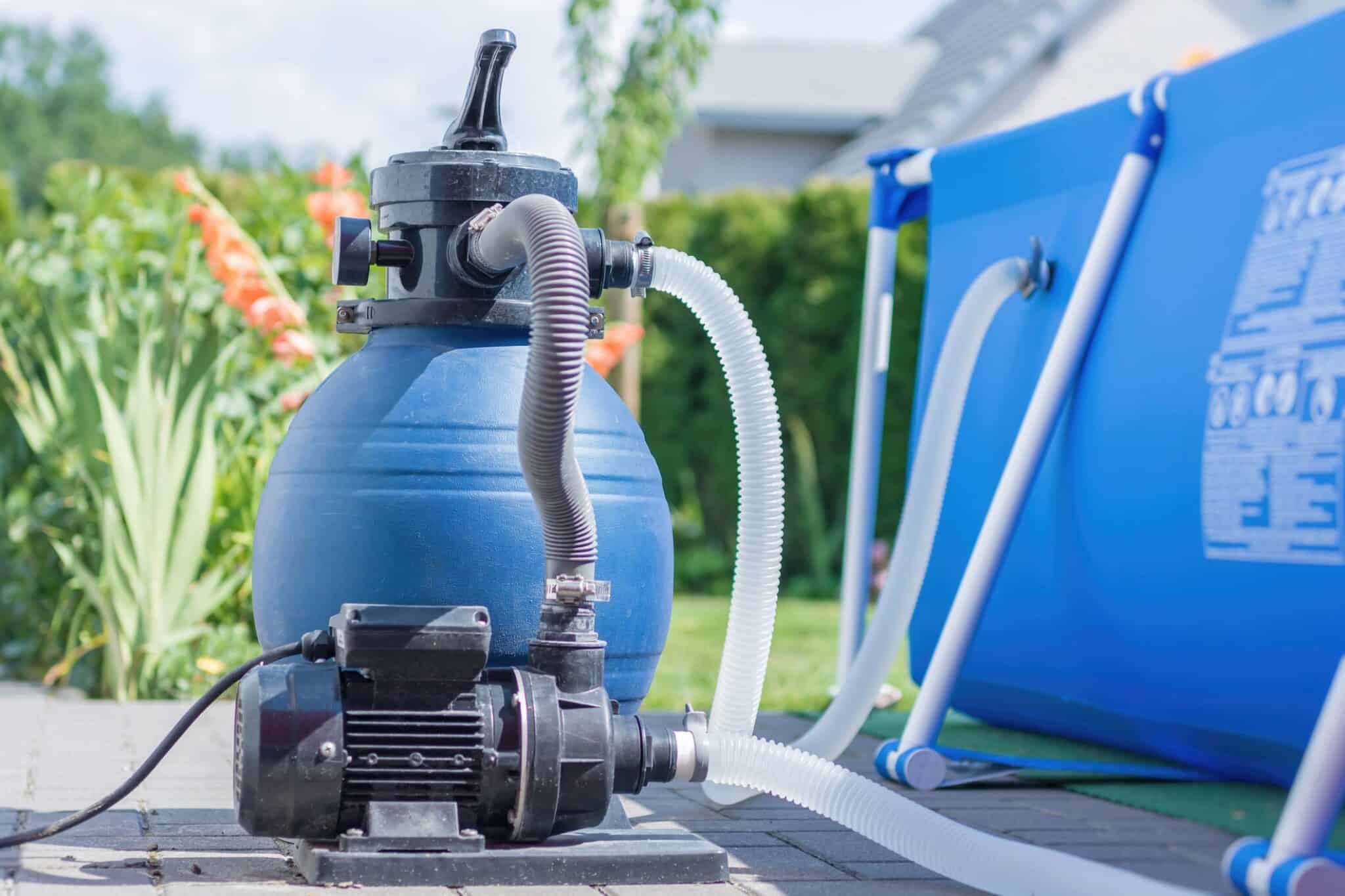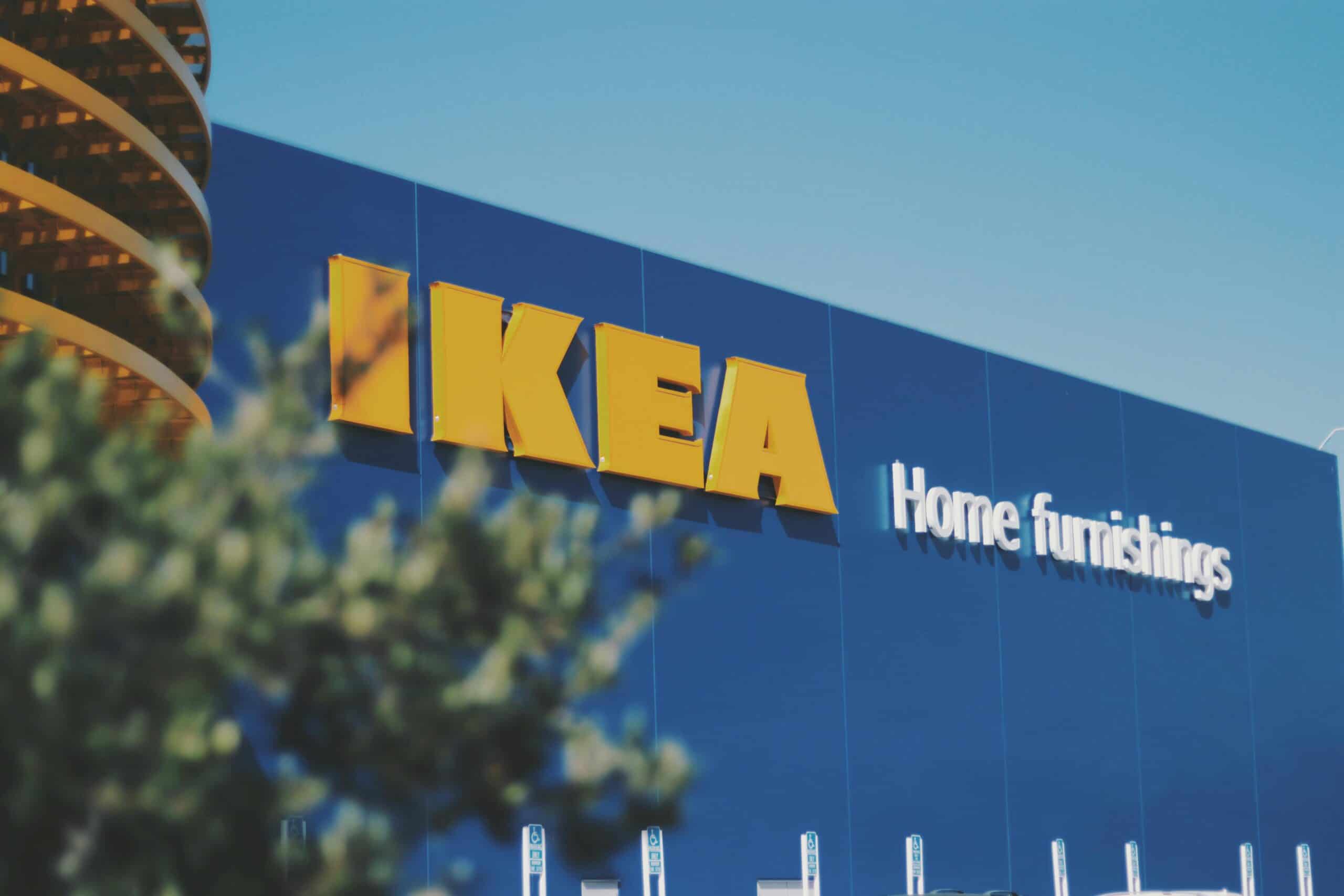The Alesia Museum, by Benard Tschumi, marks an archaeological site in central France and commemorates the history of the battle between the Romans, led by Julius Cesar, and the Gauls, the Indigenous occupants, under Vercingetorix, over 2,000 years ago in 52 B.C. The museum will focus on elements and narratives of the battle.
The interesting paradox here is that this commemorates a battle lost. The Roman Empire did conquer the Gauls in this battle. In fact, the cylindrical center occupies the same position held by the Roman army, the invaders. However, 500 years after the fall of the Western Roman Empire in the 5th Century, the Gauls formed the Celtic Territory in the same land, which later became the country of France in the 9th century.
Although all traces of the battle have been obliterated, the new museum complex recreates battlements and earthworks and provides interpretation for the area, which consists of several sites spread over a valley that contains a small medieval town.
Its wooden exterior references the timber fortifications that would have been constructed nearby. Unlike other circular plan buildings, its ornate herringbone facade is eye-catching and sets it apart as an icon.
As part of the recreation of the historical event, the materiality and sustainable elements of the building have been carefully chosen to make visitors aware of the surrounding landscape, which appears much as it would have been 2000 years ago. The roof and envelope design mute its presence on this sensitive site. Tschumi’s design has truly transformed the hilltop site into a suitable tribute to the historic Battle of Alésia.
The slatted wooden second skin was created to pay tribute to the wooden structures the Romans built during the battle era. The wooden skin also acts as a brise-soleil, filtering light as it enters the glass volume and casting patterned shadows throughout the visitor center.
Benard Tschumi adopts a very simpleton circular design in this museum. Inside, a Guggenheim-like ramp contains interpretive material describing the famous confrontation and offers views out to the surrounding battlefield through openings that bring light inside the structure filtered through the interstices of the stone envelope.
The museum’s roof holds an elevated park that gives visitors a sprawling view of the battle site. Grass, shrubs, and trees grow on the roof, helping to filter rainwater, provide shade to visitors, and insulate the building.
The green roof minimizes the building’s visual impact when seen from the hill above (the historical position of the Gauls). It also helps the building blend flawlessly into the battlefield terrain.
A second museum building, contrastingly clad in stone, is also being constructed a kilometer away across the battlefield. The pair will together comprise the Alésia Museum complex. Exhibitions inside the visitor’s center will portray the events of the battle and its aftermath, while the second building will present artifacts unearthed from the site.
Project Information
Architects: Bernard Tschumi Architects
Location: Le Pré Haut, 21150 Alise-Sainte-Reine, France
Design Team: Bernard Tschumi, Kim Starr, Joel Rutten, Adam Dayem, Jane Kim, K.J. Min, Adrien Durrmeyer, Matthew Stofen, Paula Tomisaki, Nefeli Chatzimina
Project Year: 2012
Drawings: Benard Tschumi Architects
Photographs: Christian Richters, Iwan Baan













